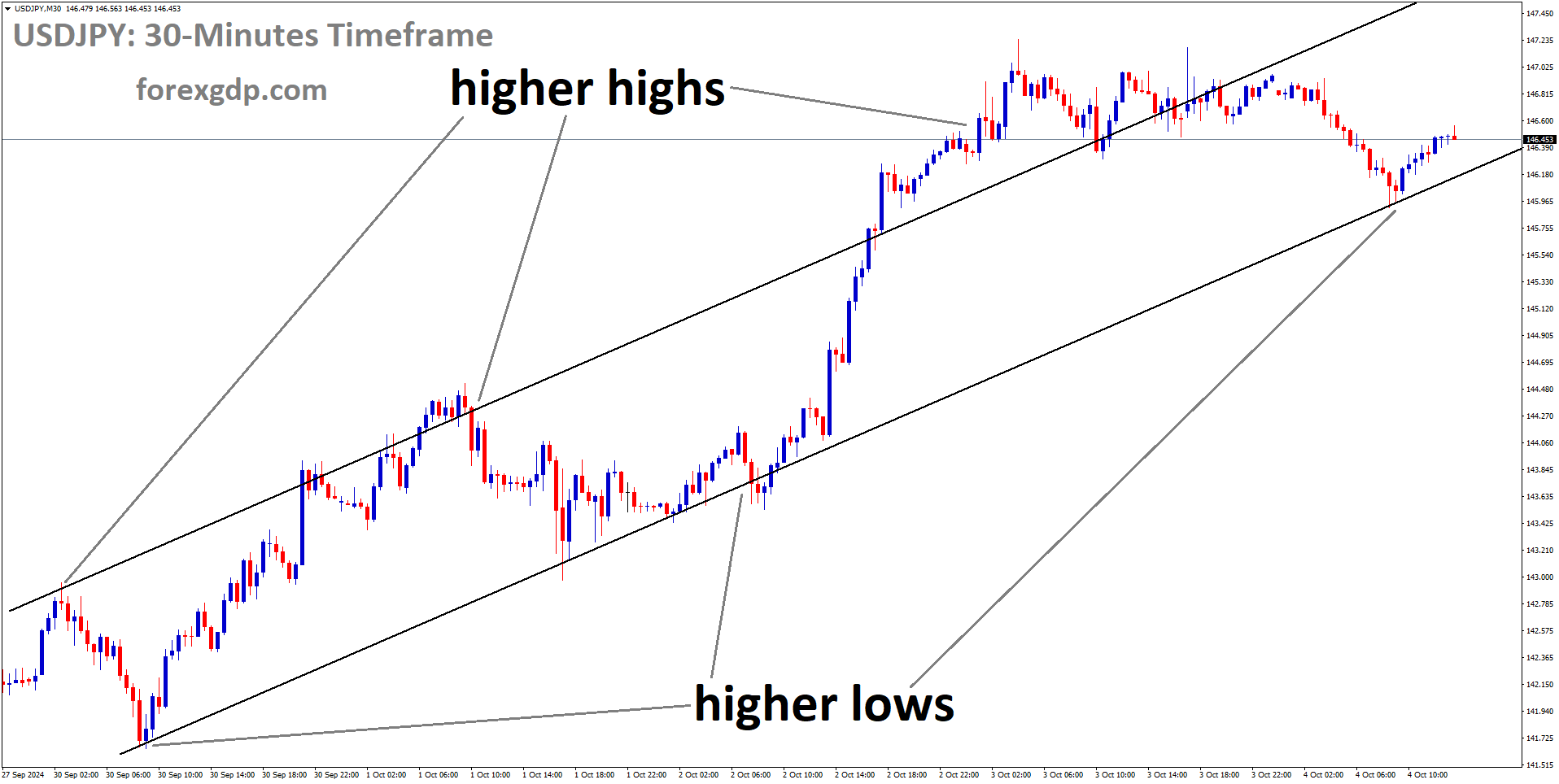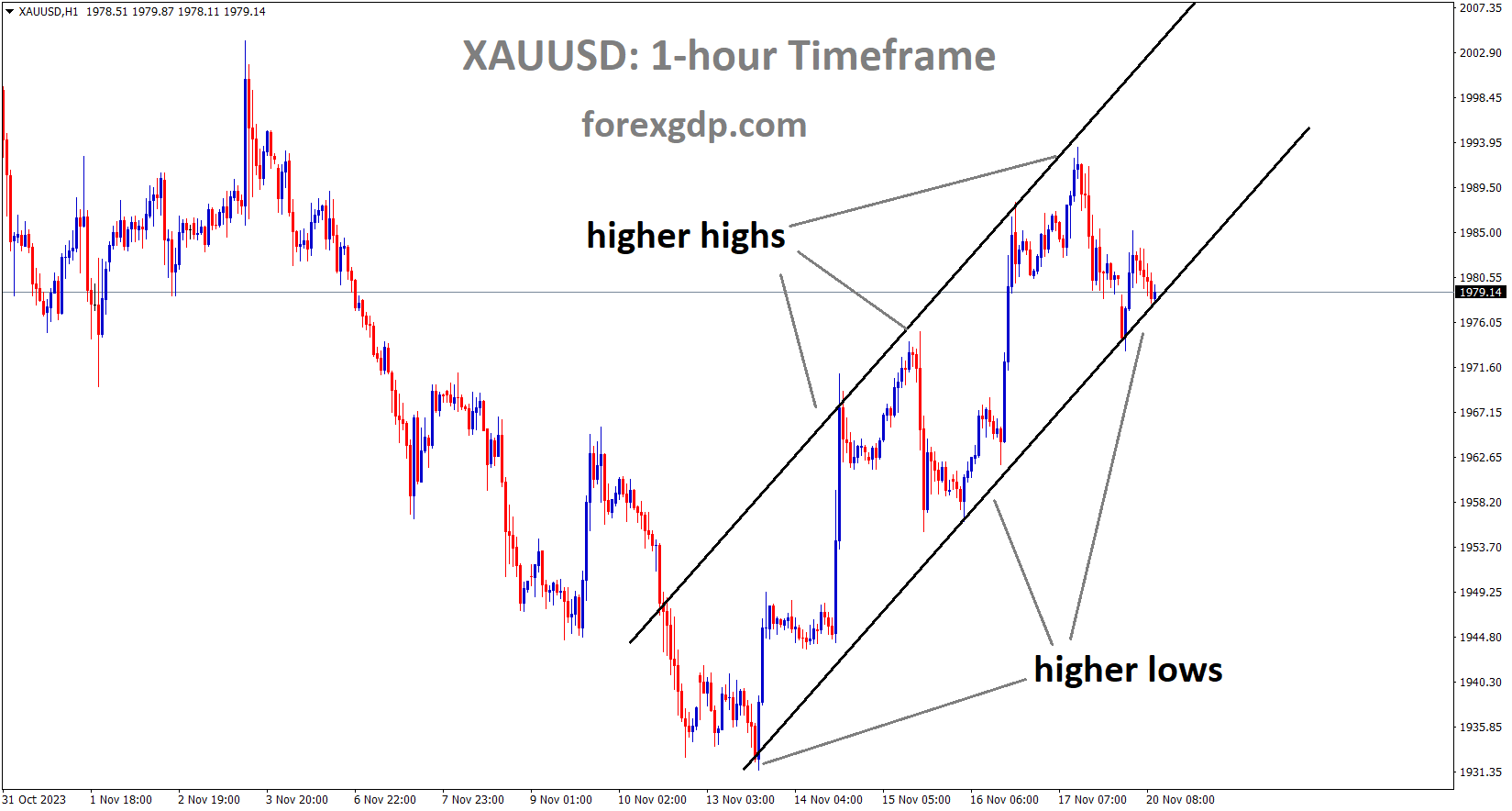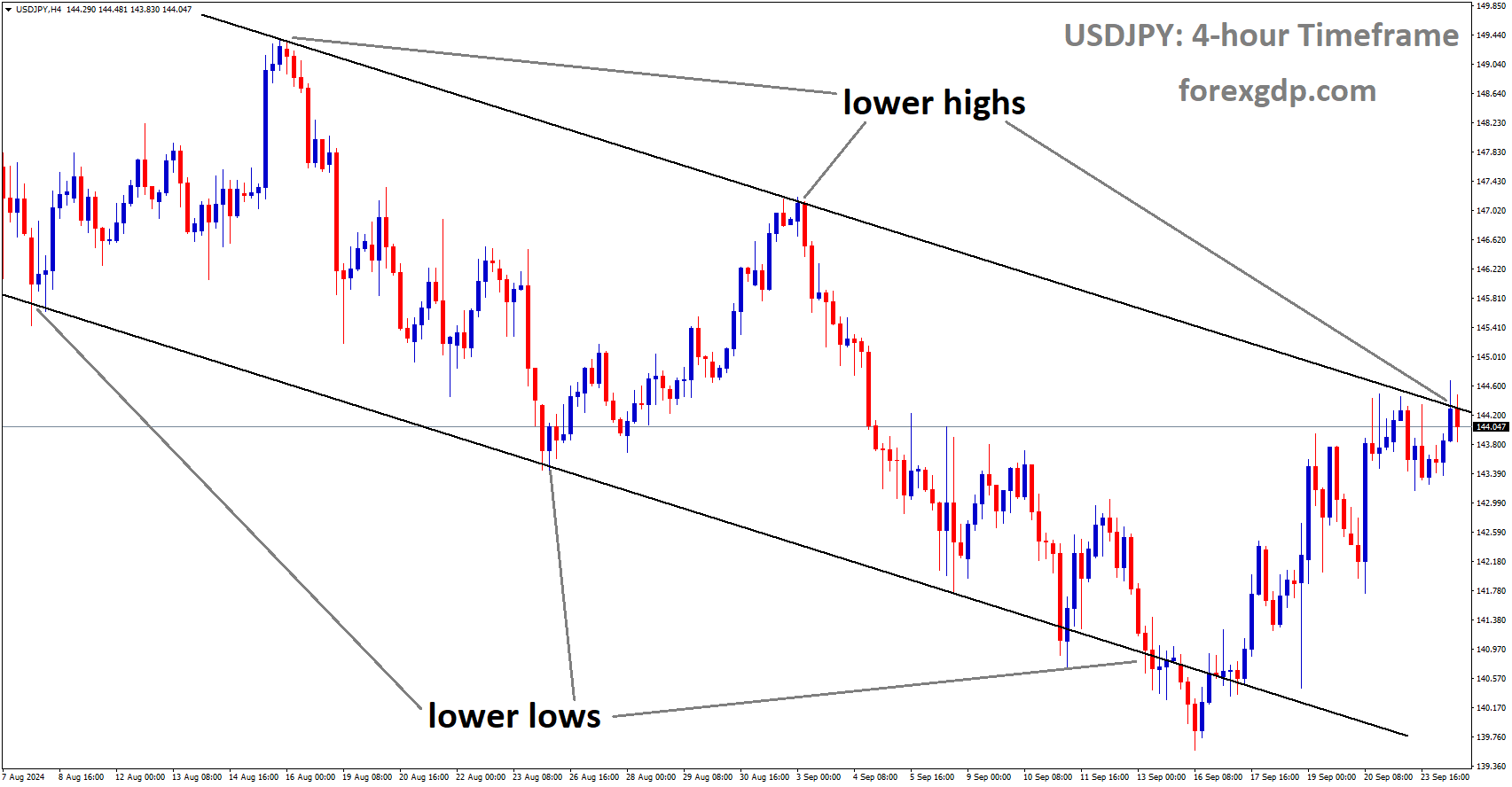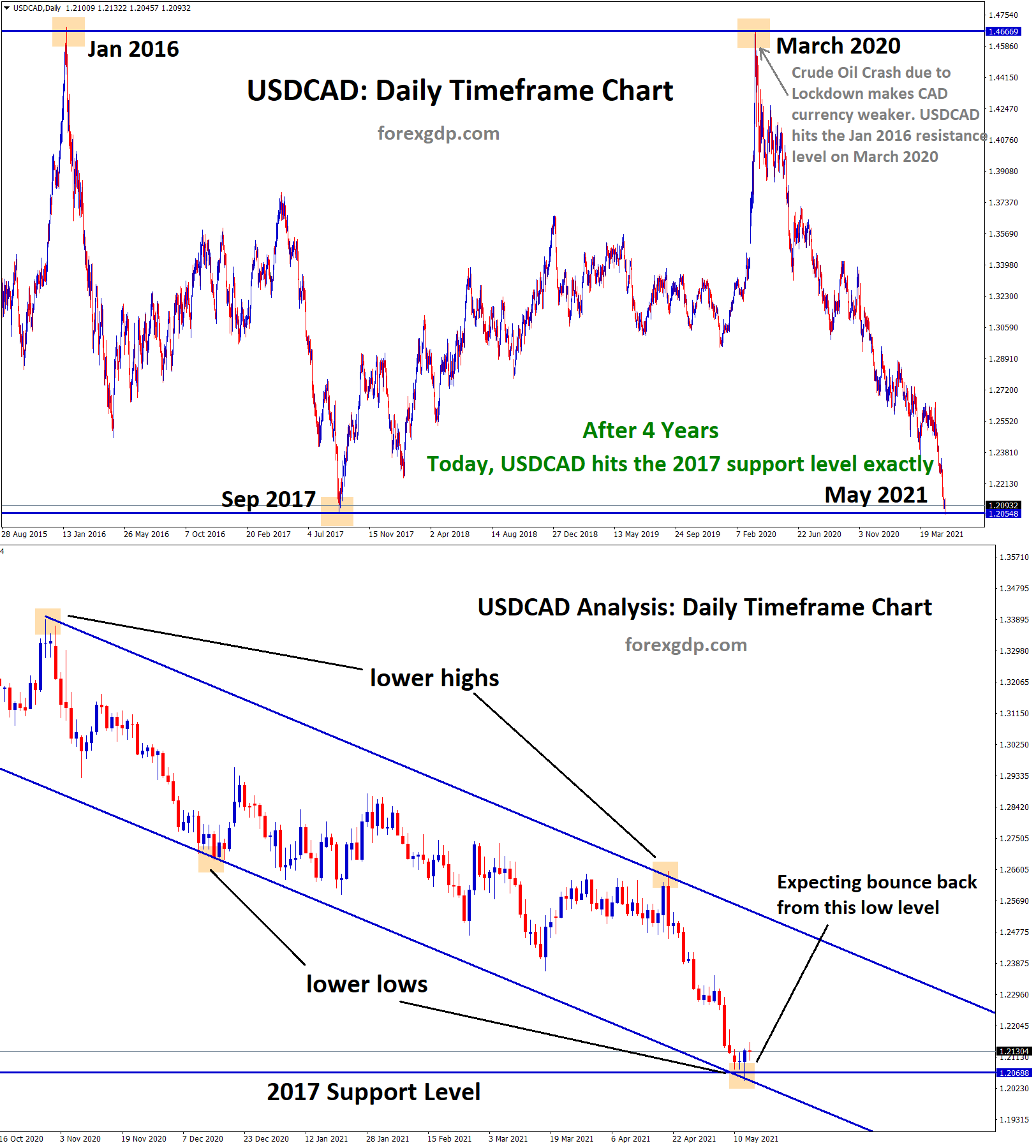USDJPY is moving in an Ascending channel, and the market has fallen from the higher high area of the channel
#USDJPY Analysis Video
The Japanese Yen: Shifts, Strategies, and What Lies Ahead
The world of finance is constantly evolving, and currency trading is at the heart of this ever-changing landscape. One of the most closely watched currencies is the Japanese Yen (JPY), especially when global events and economic policies come into play. Recently, the Japanese Yen has been in the spotlight, with a range of factors influencing its value. In this article, we’ll dive into what’s driving the movement of the Japanese Yen and what might be coming next. Let’s break down the key points, in a simple and engaging way!
Why Is The Japanese Yen Moving?
The recent appreciation of the Japanese Yen has captured the attention of traders and economists alike. As with any currency, a multitude of factors can cause fluctuations in the Yen’s value. One of the major reasons behind its recent movement is the upcoming US labor data release, an event that many in the financial world eagerly await.
But what does the US labor data have to do with the Japanese Yen? It all comes down to the relationship between currencies and interest rates, as well as economic stability. Traders closely watch labor data like Nonfarm Payrolls (NFP) and Average Hourly Earnings, as these figures give clues about the overall health of the US economy. When the US economy shows signs of strength or weakness, it influences expectations about the Federal Reserve’s interest rate decisions. This, in turn, affects how the US Dollar (USD) behaves against other currencies, including the Japanese Yen.
Japan’s Monetary Policy in Focus
Japan has been battling deflation (a general decline in prices) for years. One of the top priorities for Japan’s government and central bank, the Bank of Japan (BoJ), is to overcome this deflationary trend and achieve stable inflation. Prime Minister Shigeru Ishiba has been vocal about his commitment to ending deflation, stressing that economic growth is essential to Japan’s fiscal health.
To achieve this, Japan has kept interest rates at historically low levels for an extended period. The BoJ’s dovish approach (favoring low-interest rates and loose monetary policy) is aimed at stimulating the economy and encouraging inflation. However, these policies have their challenges, and they sometimes clash with the reality of Japan’s economic situation.
Timing Is Everything in Monetary Policy
Japan’s Economy Minister Ryosei Akazawa has emphasized that the timing of any monetary policy changes must align with the country’s broader goal of overcoming deflation. With inflation in Japan still not reaching the 2% target, Akazawa and Prime Minister Ishiba are cautious about making any sudden moves. They’ve made it clear that Japan is not yet in a position to raise interest rates, as they believe this could jeopardize the progress made in the fight against deflation.
USDJPY is moving in an Ascending channel, and the market has rebounded from the higher low area of the channel
So, why is this important for traders? Simply put, when a country’s central bank is reluctant to raise interest rates, its currency can lose some of its appeal to investors. However, despite the Bank of Japan’s stance, the Japanese Yen remains a key player in the forex market, and it’s influenced by factors beyond Japan’s borders.
External Factors Affecting the Yen
While Japan’s internal policies play a big role, global events also heavily influence the Yen’s value. One of the most significant factors is what’s happening in the United States.
The US labor market is a critical piece of the puzzle. Traders and investors keep a close eye on employment data, particularly the Nonfarm Payrolls (NFP), which is a measure of the number of jobs added or lost in the US economy (excluding certain sectors). Strong labor data can lead to expectations of tighter monetary policy in the US, meaning the Federal Reserve could raise interest rates to curb inflation.
Why does this matter for the Yen? When US interest rates are expected to rise, the US Dollar typically strengthens. This puts downward pressure on currencies like the Japanese Yen, as investors flock to the higher yields offered by the US Dollar.
However, it’s not just about labor data. Other economic indicators, like the US ISM Services PMI (a gauge of business activity in the service sector) and wage growth reports, also provide clues about the direction of US monetary policy. When these reports come in stronger than expected, it can challenge the notion that the US Federal Reserve will ease monetary policy anytime soon.
US and Japan: A Balancing Act
It’s all about balance. Japan’s economy may be focused on overcoming deflation, but it’s also deeply connected to the global economy. Any shifts in US monetary policy or global trade can have a direct impact on Japan and, by extension, the Japanese Yen.
USDJPY is rebounding from the retest area of the broken descending channel
For instance, the recent rise in the US ISM Services PMI indicates that the US economy is still growing at a steady pace. This adds to the belief that the Federal Reserve may not be in a hurry to cut interest rates, which would typically support the US Dollar and put pressure on the Yen.
Additionally, comments from US Federal Reserve officials often provide insights into the direction of future monetary policy. Recently, the President of the Federal Reserve Bank of Chicago, Austan Goolsbee, stated that he expects interest rates to come down significantly over the next year. This kind of talk can create uncertainty in the markets, as traders try to predict how central banks will respond to changing economic conditions.
Looking Ahead: What Might Happen Next?
So, what’s next for the Japanese Yen? That’s the big question on everyone’s mind.
One of the major factors to watch in the coming months is the Bank of Japan’s stance on interest rates. While the BoJ has maintained a very loose monetary policy for years, there’s always the possibility of gradual changes. Board members of the BoJ have suggested that the bank will continue to assess the economic situation carefully and may make adjustments if necessary.
But any changes in Japan’s monetary policy are likely to be slow and measured. The BoJ is in no rush to raise interest rates, especially as inflation remains below the 2% target. Traders should also keep an eye on US economic data, as strong reports could bolster the US Dollar and put additional downward pressure on the Japanese Yen.
Finally, global geopolitical factors, trade relations, and shifts in economic policies in other countries can all have an impact on the Yen. As always, the forex market is highly interconnected, and no currency operates in isolation.
Key Takeaways
- The Japanese Yen has been fluctuating due to a mix of domestic policies and global events.
- Japan’s government is focused on overcoming deflation, with monetary policy changes being carefully timed to align with economic growth.
- Global factors, especially US labor data and Federal Reserve policy decisions, heavily influence the Yen.
- The Bank of Japan is likely to maintain its loose monetary stance, but gradual changes could be on the horizon.
While the world of forex can seem complex, keeping an eye on key economic indicators and understanding the broader context can help you navigate these shifts. The Yen’s journey is far from over, and it will continue to be shaped by both domestic policies and global events. Stay informed, and you’ll be better prepared to understand the movements of this crucial currency.
Don’t trade all the time, trade forex only at the confirmed trade setups
Get more confirmed trade signals at premium or supreme – Click here to get more signals , 2200%, 800% growth in Real Live USD trading account of our users – click here to see , or If you want to get FREE Trial signals, You can Join FREE Signals Now!









